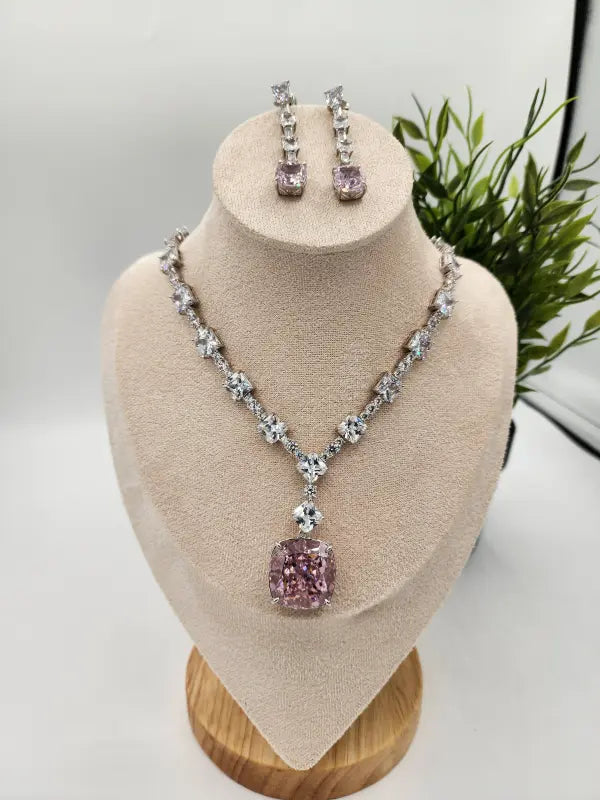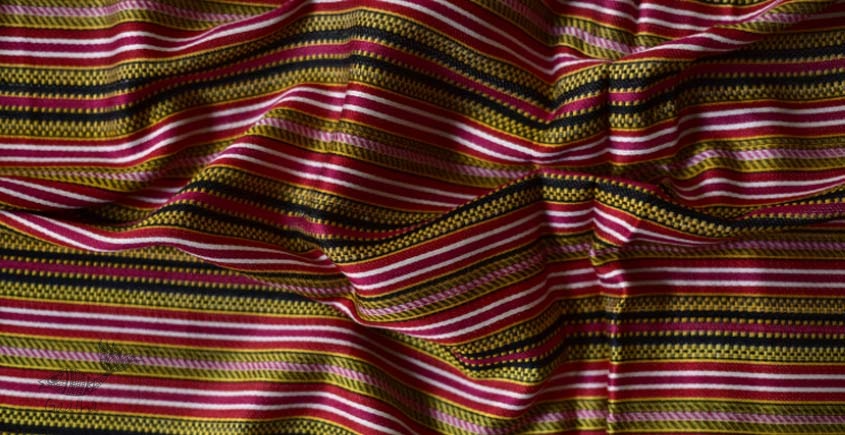Lehariya is more than just a style or a piece of clothing; it is a vibrant tradition deeply rooted in the cultural fabric of Rajasthan. This ancient tie-dye technique, known for its distinctive wave-like patterns, reflects the rich heritage and artistic sensibilities of the region. Here’s a deeper dive into the tradition of Lehariya and its significance in Rajasthani culture.
The Art of Lehariya

The term "Lehariya" is derived from the Rajasthani word "lehar," which means "wave." This technique involves a meticulous process of folding and tying the fabric, which is then dyed to create diagonal stripes that resemble waves. Traditionally, Lehariya is done on cotton fabric, which is perfect for the hot and arid climate of Rajasthan. The vibrant colors and patterns of Lehariya not only offer a visual treat but also embody the essence of Rajasthan's vibrant culture.
Seasonal Significance

In Rajasthan, Lehariya attires are predominantly worn during the monsoon season. The arrival of rains is celebrated with enthusiasm, and Lehariya fabrics, with their wave-like patterns, symbolize the flowing rains. The technique’s association with the rainy season makes it a popular choice for festive and ceremonial occasions during this time of year.
A Symbol of Tradition at Weddings

Lehariya holds a special place in Rajasthani weddings. It is considered a mandatory gift for the bride, typically presented by her mother-in-law. This tradition underscores the cultural importance of Lehariya, signifying prosperity and good fortune for the newlyweds. A Lehariya saree or suit gifted to the bride is not just a piece of clothing but a cherished symbol of familial blessings and marital harmony.
Celebrations and Festivals
Lehariya is not confined to clothing alone; it is also celebrated as a festival in Rajasthan. The "Lehariya Utsav" is a vibrant event held during the monsoon season, where women don their best Lehariya attires and participate in joyous celebrations. These festivals are marked by traditional dances, playful activities, and a sense of community spirit. The Lehariya Utsav highlights the deep cultural roots and the lively nature of Rajasthani festivities.
Occasions and Ceremonies
Lehariya is worn by Rajasthani women on various special occasions such as Sinjaara, Teej, Gangaur, and Rakhi. These festivals are significant in Rajasthani culture, and the Lehariya attire adds a festive touch to the celebrations. The use of Lehariya during these occasions showcases the cultural continuity and the significance of traditional attire in everyday life.
Modern Adaptations
While Lehariya originated in traditional sarees and ethnic wear, its charm has transcended into modern fashion. Today, Lehariya patterns are incorporated into fusion dresses, suits, lehengas, and dupattas, blending traditional aesthetics with contemporary fashion. This evolution reflects the adaptability of Lehariya and its enduring appeal in the modern fashion landscape.
Lehariya in Men’s Attire
The Lehariya tradition is not limited to women’s clothing; it also features in men’s attire, particularly in turbans. Lehariya turbans add a splash of color and tradition to men’s outfits, making them a popular choice for festive and ceremonial occasions. This cross-gender adaptation of Lehariya emphasizes its widespread acceptance and cultural significance.
Cultural Symbolism
Lehariya Mothra, a form of the Lehariya pattern, is considered auspicious and signifies a married woman in Rajasthani culture. This specific pattern is often worn by married women to denote their marital status and is an integral part of traditional attire.
Conclusion
Lehariya is a testament to Rajasthan’s rich cultural heritage and artistic expression. From its traditional origins to its modern adaptations, Lehariya embodies the spirit of celebration and continuity in Rajasthani culture. Whether through its vibrant patterns, festive significance, or modern reinterpretations, Lehariya continues to be a cherished element of Rajasthani tradition, weaving together the past and present in a colorful tapestry of heritage and fashion.
FREQUENTLY ASKED QUESTIONS
What is Lehariya?
Lehariya is a traditional Rajasthani tie-dye technique that creates diagonal stripes on fabric, resembling waves. It is known for its vibrant colors and patterns.
When is Lehariya typically worn?
Lehariya is primarily worn during the monsoon season in Rajasthan. It is also popular during special occasions and festivals like Sinjaara, Teej, Gangaur, and Rakhi.
What role does Lehariya play in weddings?
Lehariya is considered a traditional wedding gift in Rajasthan. Brides often receive Lehariya sarees or suits from their mother-in-law, symbolizing prosperity and marital blessings.
Are there any festivals associated with Lehariya?
Yes, Lehariya is celebrated during the "Lehariya Utsav," a festival where women wear Lehariya attire and enjoy traditional activities, dances, and community gatherings.
Can Lehariya be worn by men?
Yes, Lehariya patterns are also used in men’s turbans, adding a traditional and colorful touch to their attire during festive and ceremonial events.




